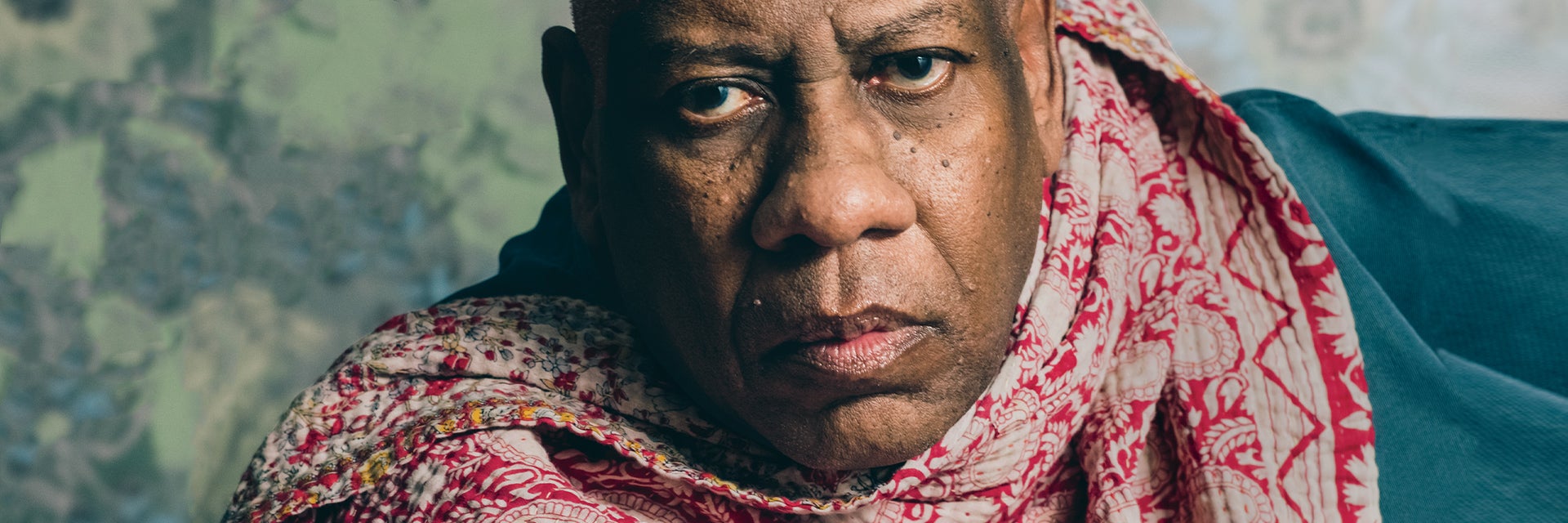I never separated from my Blackness,” declares André Leon Talley. “My Blackness is what made me.” The statement seems to be something of a departure for Talley, who is better known as a staple among fashion industry icons like Anna Wintour and the late Karl Lagerfeld than as an advocate for racial justice.
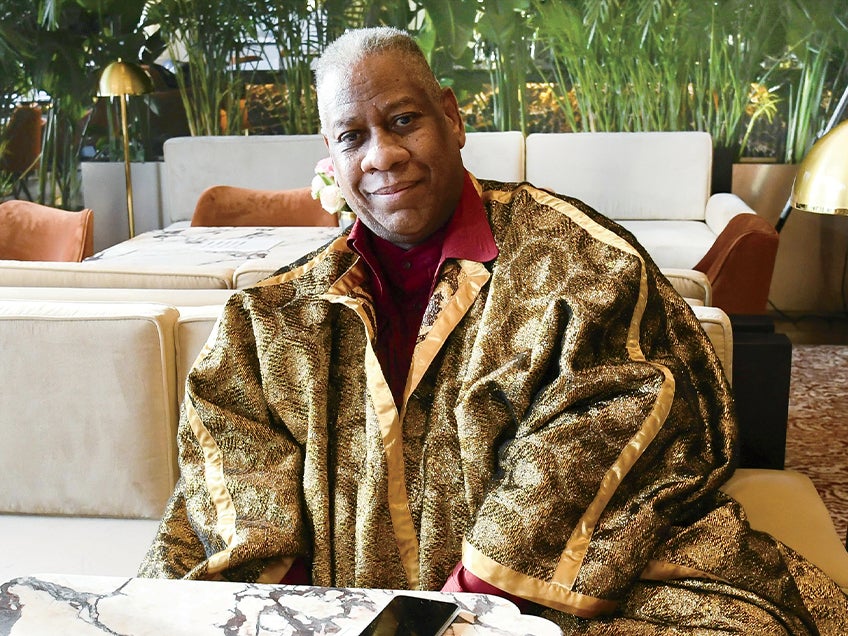
But, true to form, Talley is full of surprises. He’s poised and elegant, flamboyant but wrapped in modesty. He is always candid and always unexpected. In his second memoir, The Chiffon Trenches, Talley intimately details his experience as a Black man in the industry. “I can only write this book based on who I am and where I came from—this very humble beginning in the tobacco town of Durham, North Carolina,” he says.
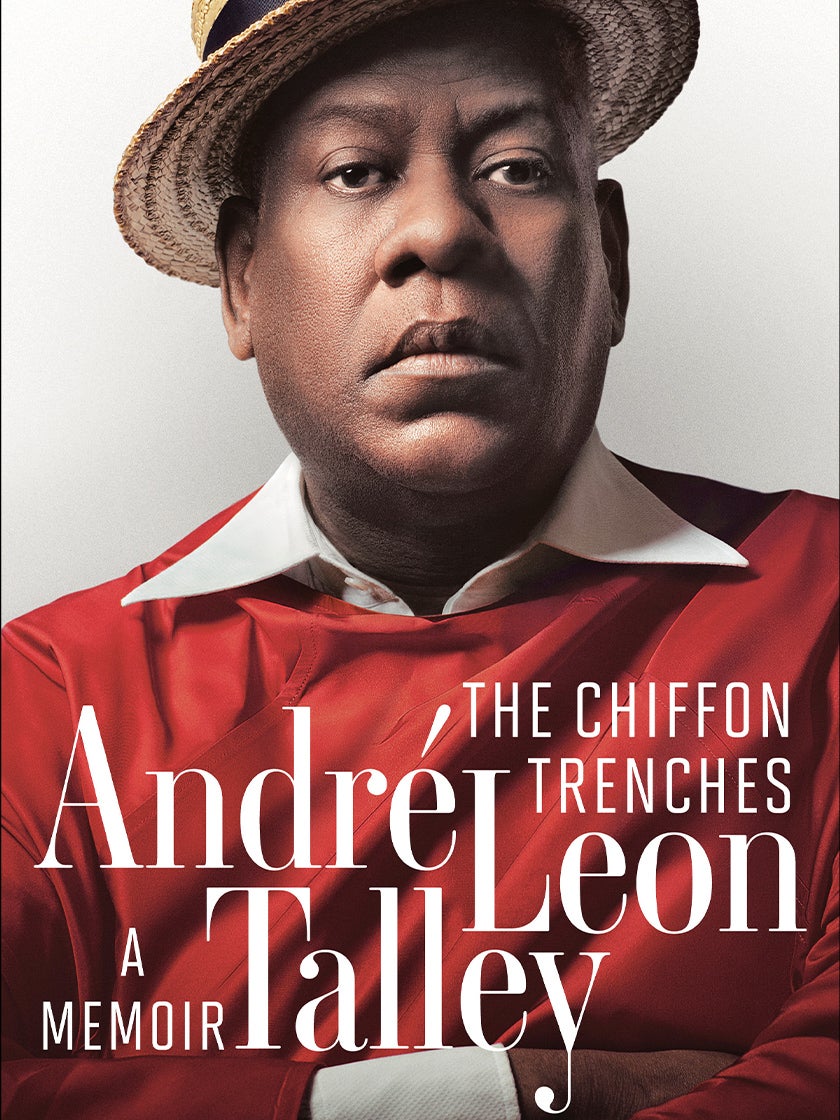
In his first autobiographical effort, A.L.T.: A Memoir, he wrote about his relationship with former Vogue Editor-in-Chief Diana Vreeland and shared how a 6-foot-7-inch African-American man from North Carolina spent decades in the “chiffon trenches.” When the book was released, in 2003, Talley, who remains highly regarded among industry trendsetters, was still contributing editor at Vogue, so he probably couldn’t say much.
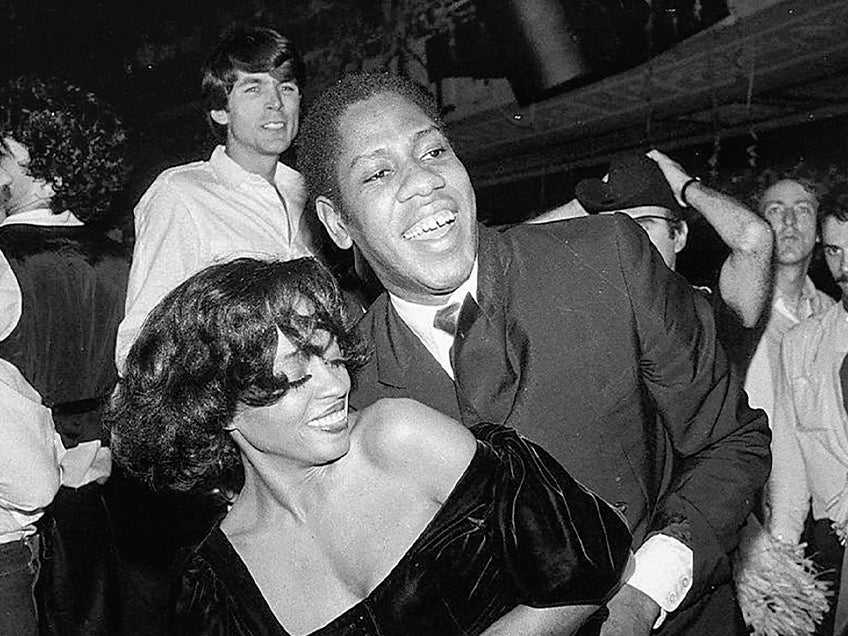
In Trenches, all that has changed. But if you’re expecting a drama-filled tell-all trashing Vogue editors, don’t. In fact, Talley credits Wintour for at one point “making him the highest-ranking Black man in the history of fashion journalism.” Still, he acknowledges that his seat at the top came with a few challenges.
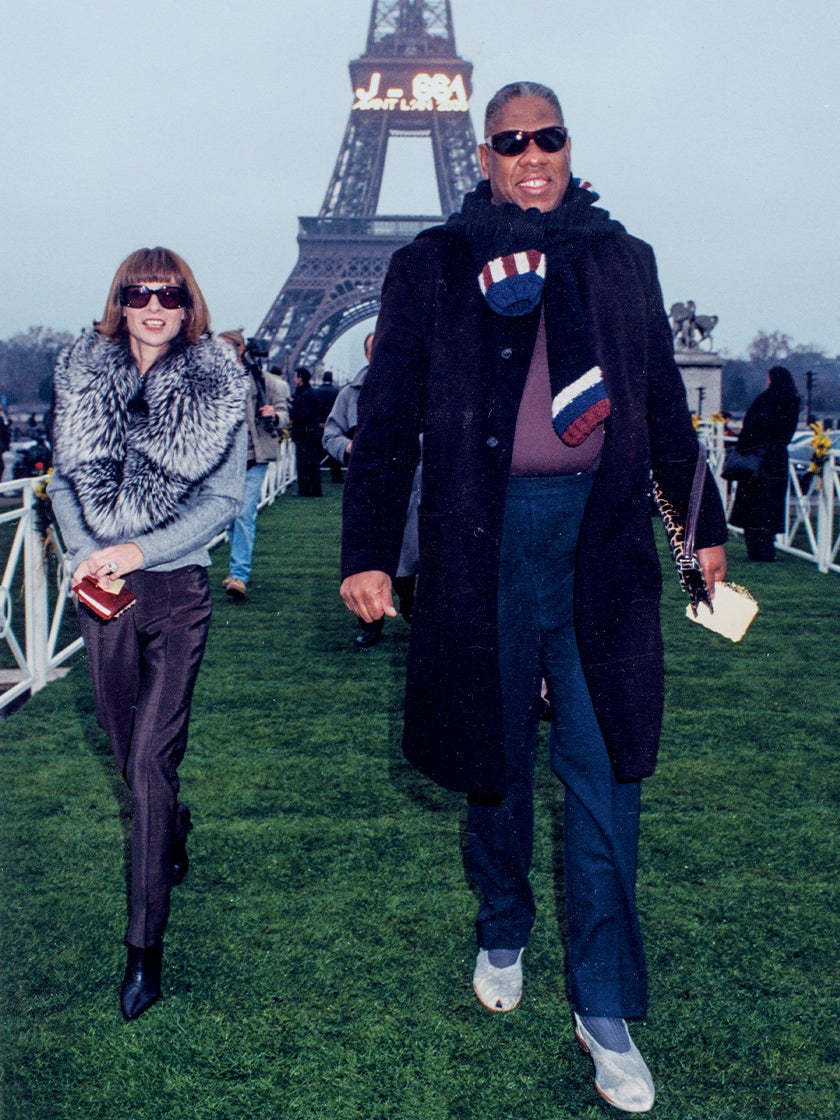
I never separated from my Blackness. My Blackness is what made me.”
—ANDRÉ LEON TALLEY
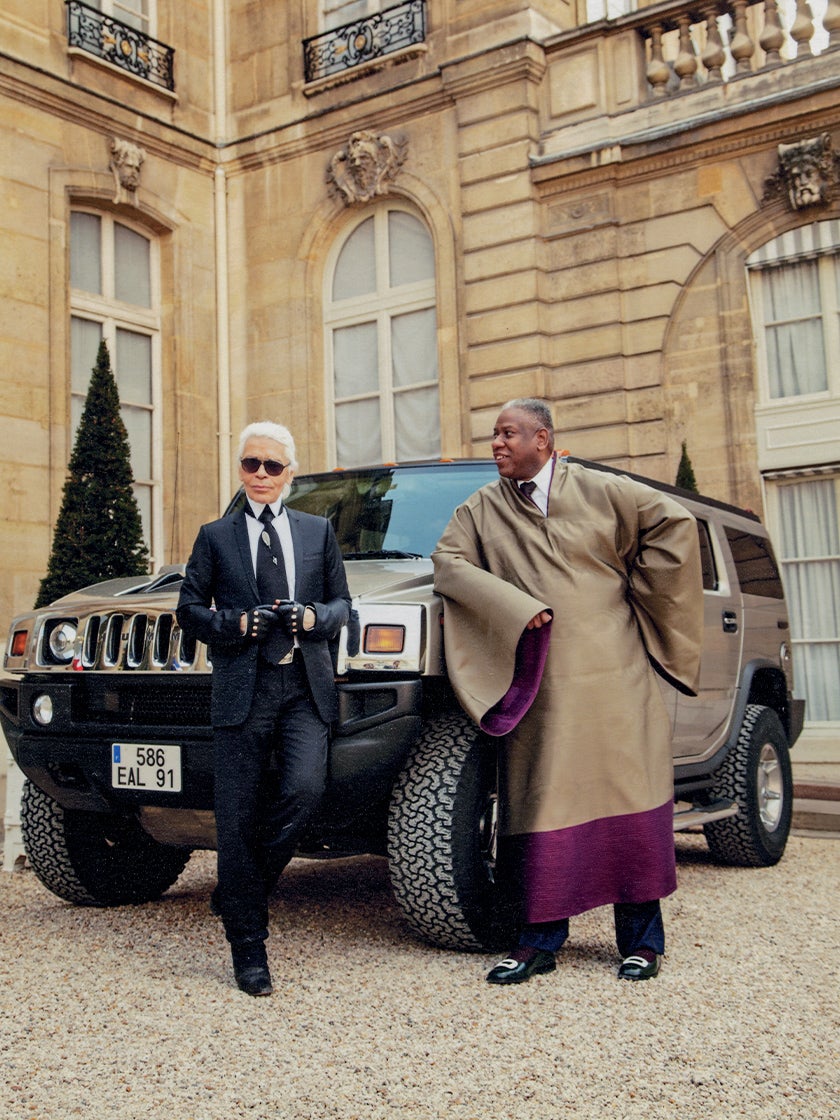
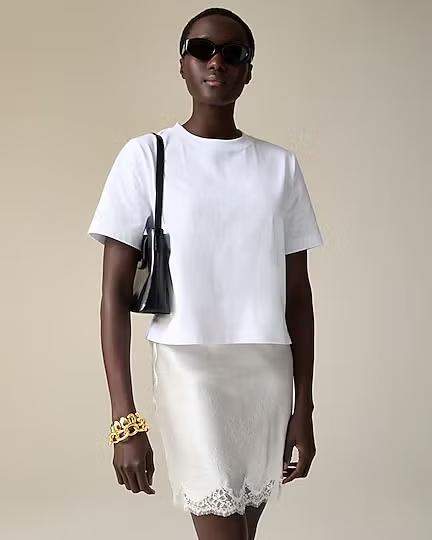

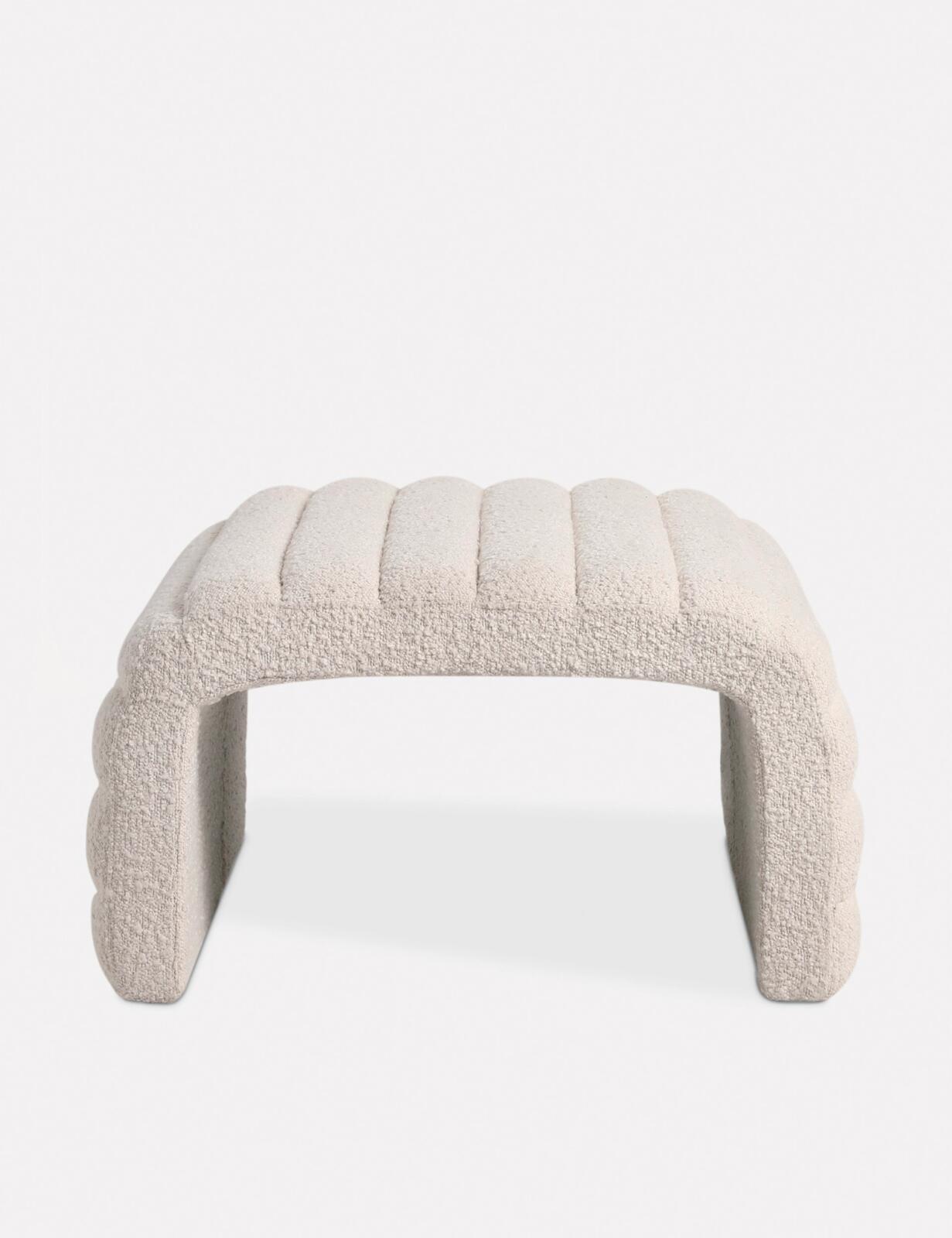
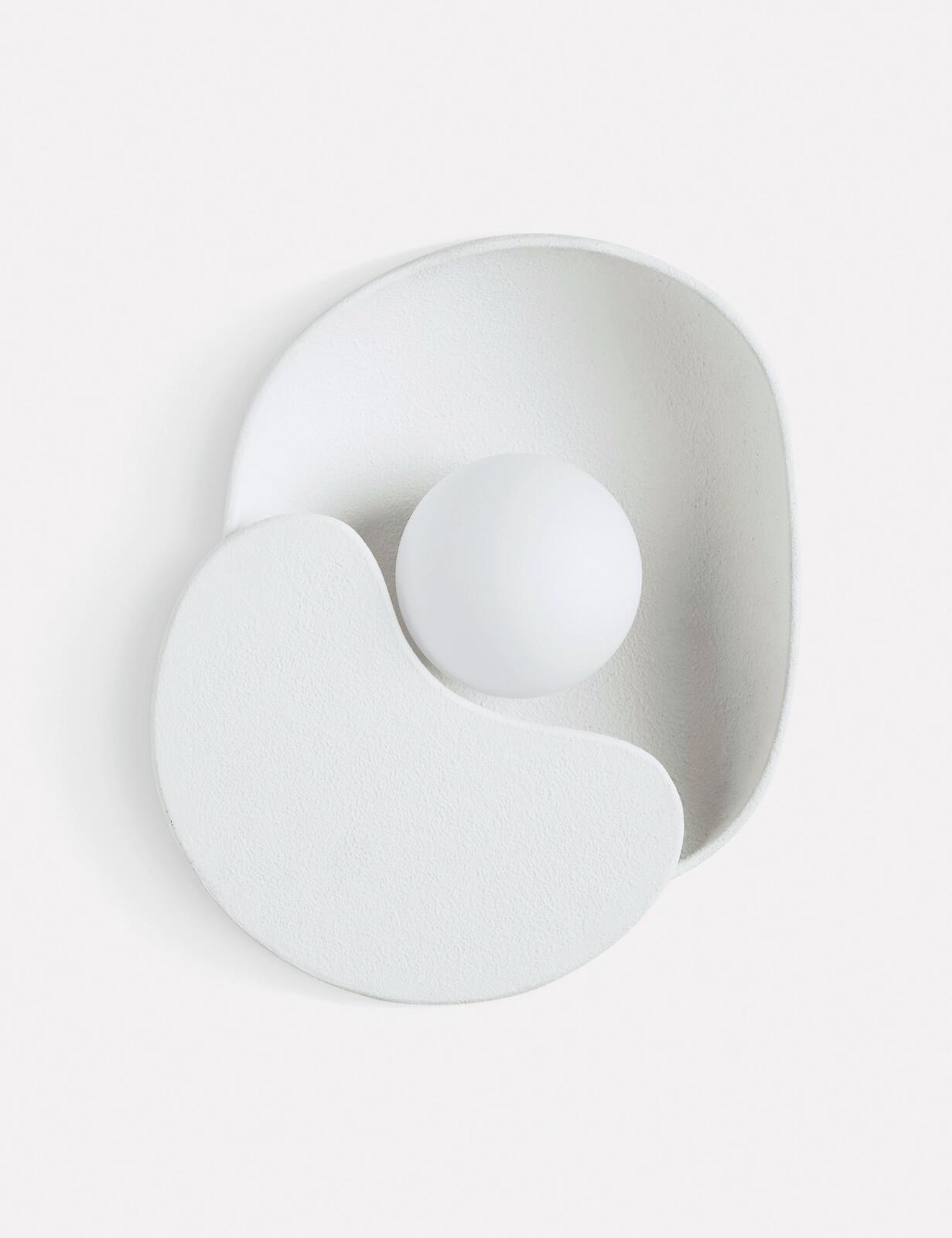

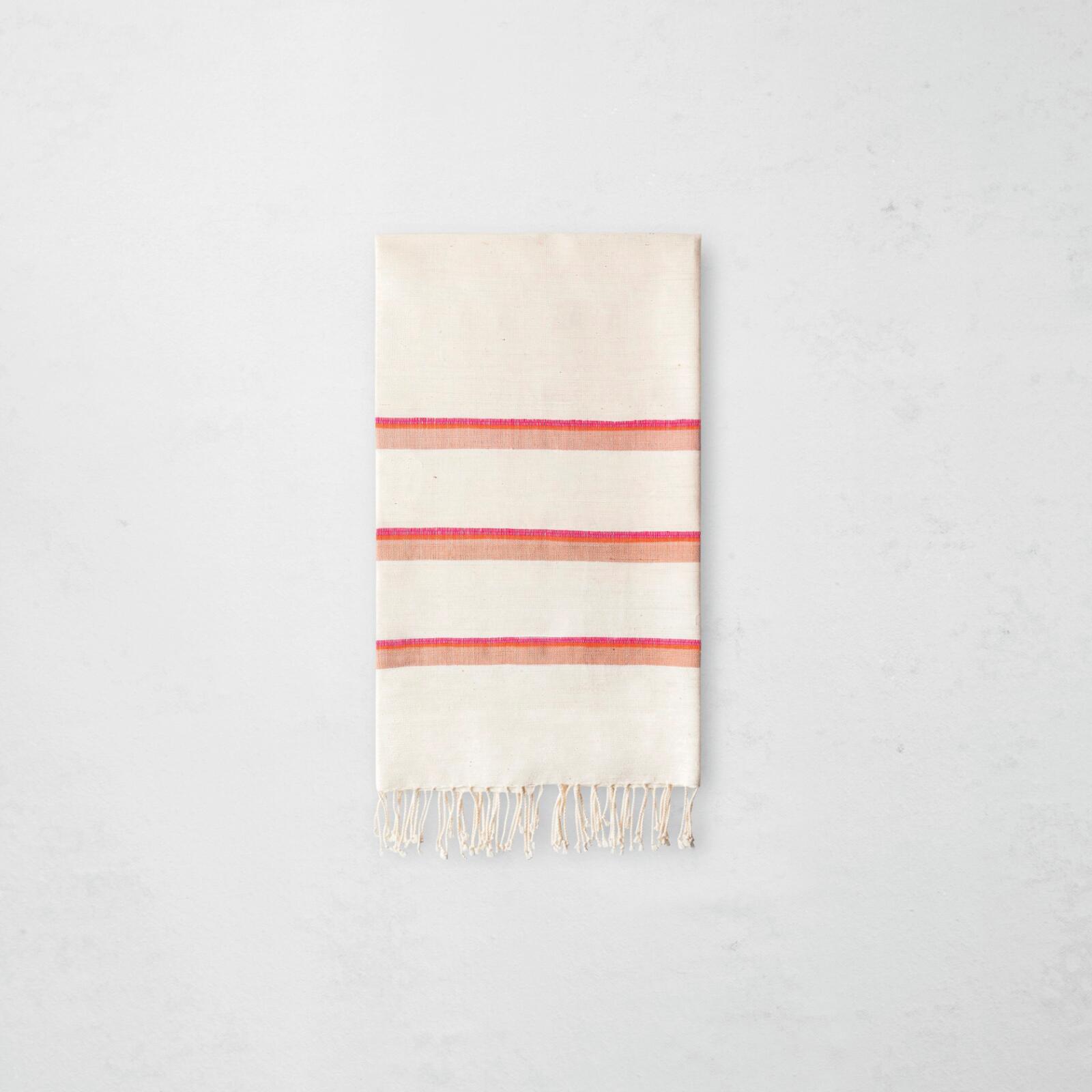
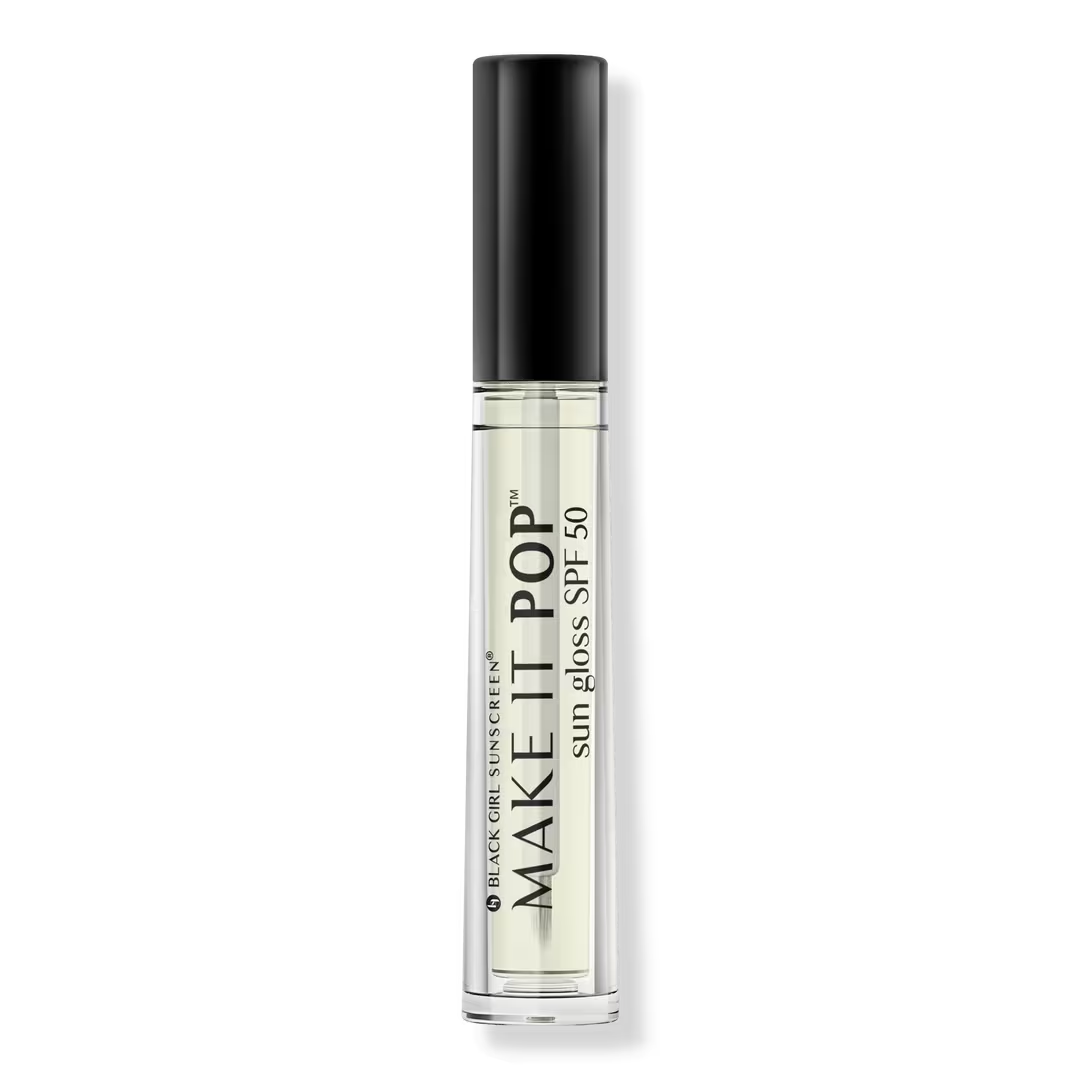
In 2018, when Beyoncé graced the cover of Vogue, she was photographed by Tyler Mitchell—the first Black man to shoot a cover for the magazine. Talley penned an op-ed about the historic moment for the Washington Post. The piece appeared to go unnoticed by his former colleagues, even those whom Talley considered friends. “I was disappointed,” he admits. But he wasn’t surprised at their silence either.
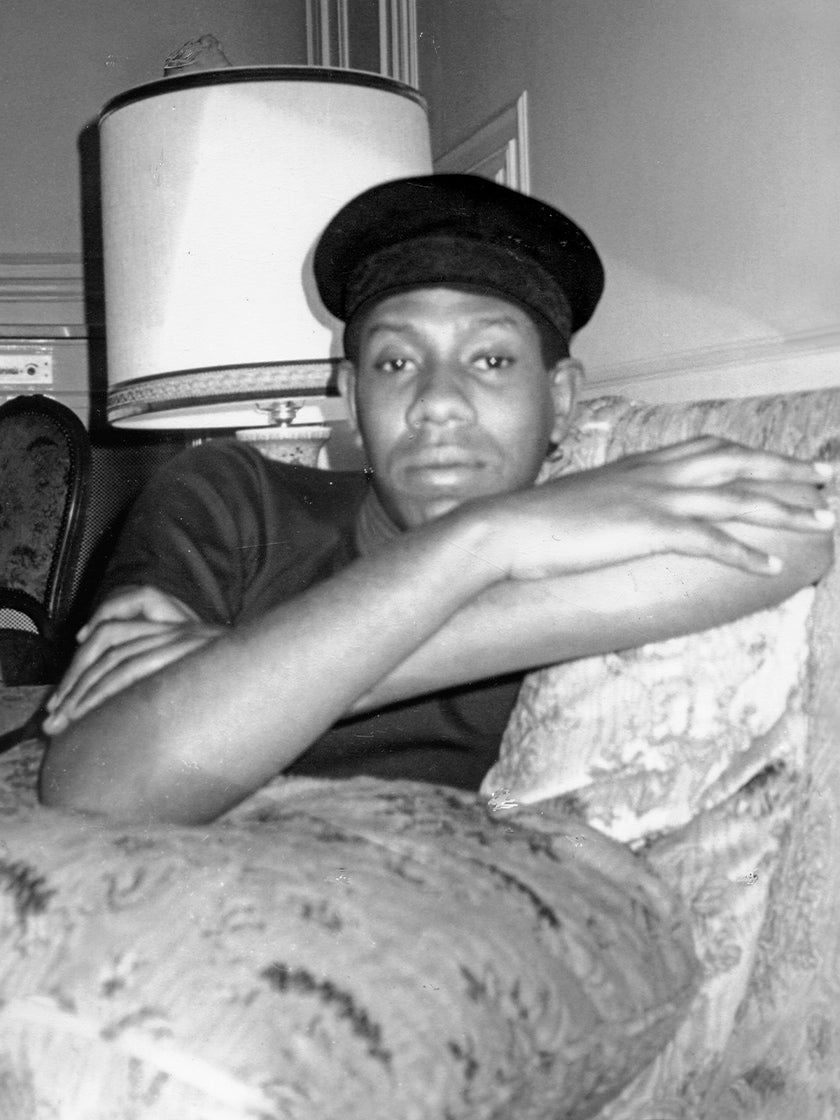
“Editors I’ve worked with for decades didn’t understand the immense importance of this occasion, simply because they are not capable of understanding,” Talley reflects in his new offering. “None of my contemporaries have seen the world through Black eyes…Now I realize it is my duty to tell the story of how a Black man survived and thrived in the chiffon trenches.”
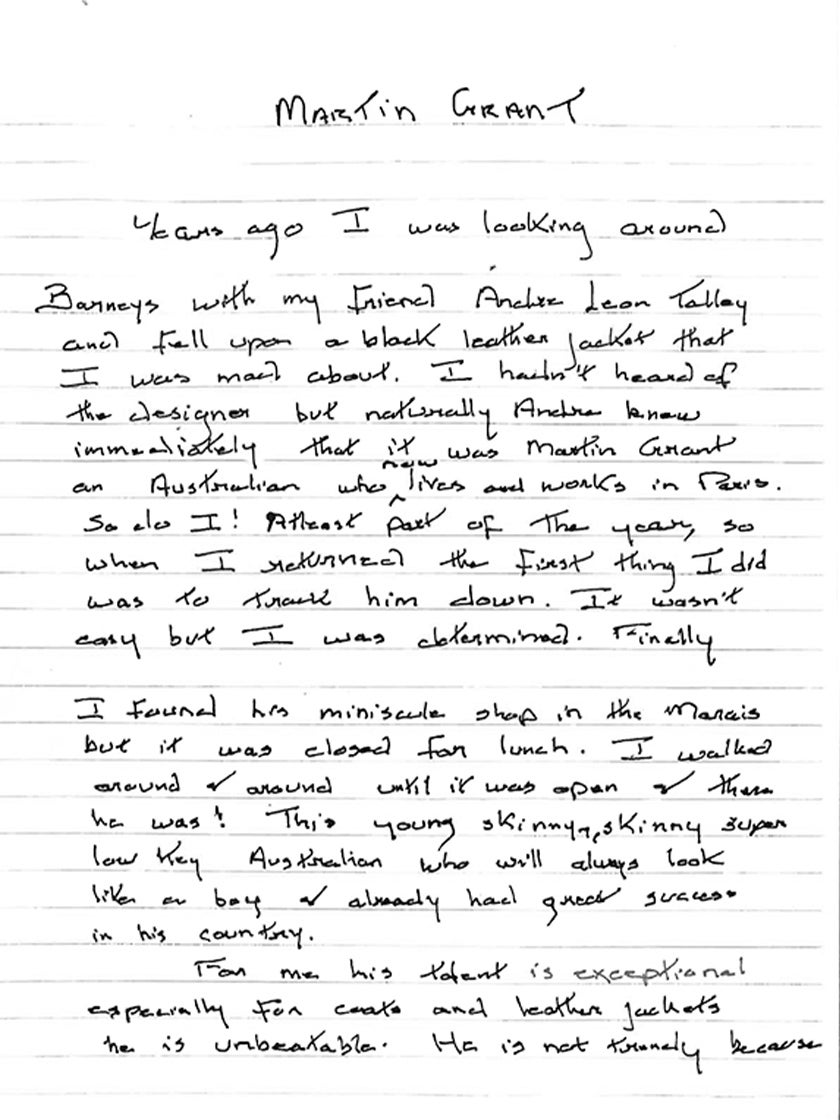
Perhaps Talley wouldn’t be where he is had he detailed his longevity in fashion solely through the lens of race. And yet, it’s clear race played a role in his experience. To that end, Talley’s story is certainly one of Black persistence. Activism, after all, can arguably include excelling in a field that has rarely seen a person of color rise through the ranks.
